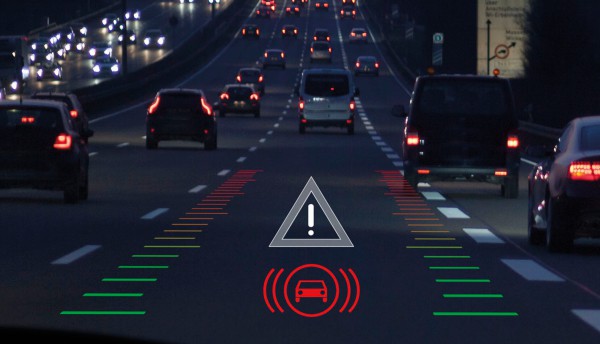
Visteon shopping for collision-avoidance technology, Mitsubishi Electric develops distractions detection
This week, Mitsubishi Electric announced that it has developed a new technology capable of detecting absent-mindedness and other cognitive distractions in drivers. The technology makes use of a type of machine-learning algorithm called deep learning that helps analyse time-series data such as information about the vehicle (steering) and driver (heart rate and facial orientation). The technology detects cognitive distractions if the driver's actions differ drastically from the algorithm-based prediction of what would be appropriate and warns drivers of potentially dangerous indications.
The systems that are capable of detecting drivers’ drowsiness or inattentiveness already exist in the industry. However, detection of cognitive distractions has been difficult due to symptoms that sometimes appear in a driver's behaviour or biological patterns, rather than in their face or eye movements. The company believes technologies that are capable to detect cognitively and visually distracted driving are expected to be installed in driver sensing units sold commercially from around 2019 or beyond.
Meanwhile, Visteon is looking to increase its collision-avoidance product portfolio through acquisitions, with a particular interest in night vision and vehicle-to-infrastructure technologies. In an interview, CEO Sachin Lawande said that Visteon is not looking to develop a complete collision-avoidance system, but looking at product niches. “We will focus on technologies where we have room to differentiate. We have to be careful to pick our areas of focus,” said Lawande.
Funding for acquisitions could come from a portion of the USD3.6 billion that Visteon received for selling its 70% stake in Halla Visteon Climate Control, even though most of that value will be returned to shareholders. Visteon has to this point been a supplier of climate and electronics systems.
The developments are part of the gradual development of active safety systems for automotive applications as the industry heads towards the development of a fully autonomous vehicle. The industry trend is currently an evolutionary strategy, which involves the current path of improving Advanced Driver Assistance Systems (ADAS) to partial self-driving and then to full self-driving cars. Automotive OEMs and suppliers are using this strategy, in comparison with Google which is pursuing a more revolutionary strategy of going directly to driverless cars (DLC) that have no driver controls.
For OEMs and suppliers it’s these earlier stages of active safety systems which will provide the emerging and growth potential over the next decade. The announcements by Mitsubishi and Visteon are part of a trend of autonomous driving R&D from a large and diverse range of suppliers across in the industry. For example, earlier this year infotainment company Pioneer showcased rear-view mirror that featured an inbuilt front-view camera featuring wide-angle lens and makes use of image sensing technology. It alerts a driver using images and audio when the vehicle moves out of the lane or when the vehicle ahead starts moving.